Top dressing of peppers in the open field
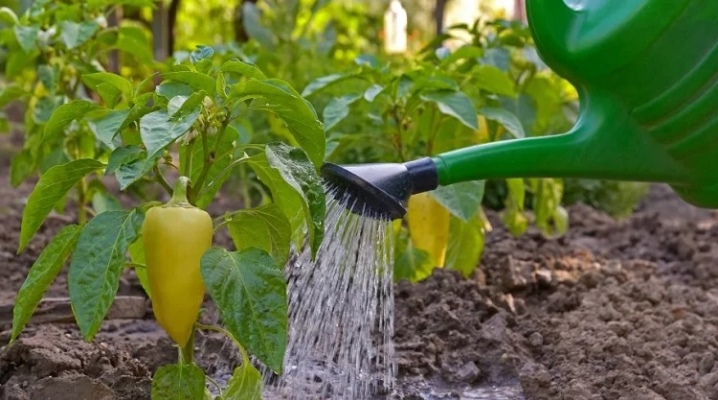
Pepper is a thermophilic vegetable crop that can yield good yields only on fertile soil. Therefore, experienced gardeners always additionally feed pepper. But even if the soil is fertile enough, organic and mineral fertilizers will in any case have a beneficial effect on the growth and productivity of this vegetable crop.

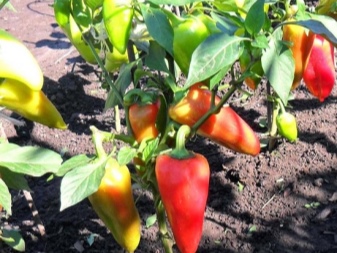
What top dressing does pepper need in the open field?
Top dressing of pepper allows you to supply the plant with all the necessary nutrients. These substances will provide active growth and ripening of juicy fruits. Since pepper (both sweet and hot) is a rather thermophilic plant, many gardeners prefer to grow it in greenhouses. However, even outdoors this vegetable can bring an excellent harvest, provided that timely fertilizing with the necessary fertilizer compositions is carried out. Plants will need to be fed more than once during the season.... The very first dressing in the open field is carried out approximately 2 weeks after planting the seedlings. In the process of growth, the plant goes through different stages of development, which means that each stage must correspond to its own feeding. In total, you will need to perform 2-3 feeding. The vegetable reacts well to organic or mineral fertilizers.
If the leaves of the pepper curl and dry edges form, then this indicates a lack of potassium. To remedy the situation, you can use potassium monophosphate. When the entire surface of the leaves or only their lower part acquires a purple hue, we can talk about a lack of phosphorus. It should be remembered that even despite a sufficient amount of it in the soil, the plant cannot always get this element from the soil due to too cold weather. Therefore, it is worth giving foliar dressing.
The fact that the plant needs magnesium will be indicated by the marble color of the leaves. The introduction of a complex fertilizer with a high content of magnesium will help.
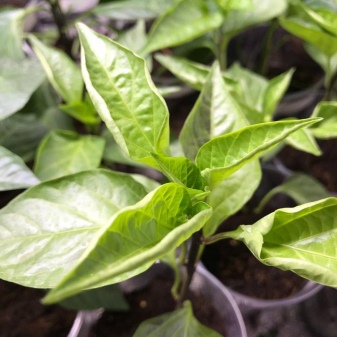
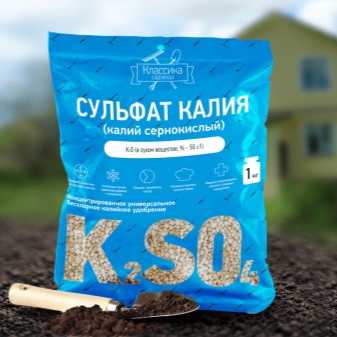
How to feed with mineral fertilizers?
Among mineral fertilizers urea has a good effect on growth, which is a granular nitrogen-containing composition. Thanks to nitrogen, a rather active growth begins, which is especially important in the first time after planting pepper in open ground. Feeding with urea allows you to achieve a lush green mass.
The best feeding using mineral fertilizers will be the one that was carried out 15-20 days after planting.when the seedlings have already settled in a new place in the open field. The frequency of applying mineral fertilizing to the soil depends on the composition of the soil. If the land has an average level of fertility, then 2 or 3 additional fertilizing during one season will be enough. When the soil is severely depleted, it is worth doing 4 or 5 dressings.
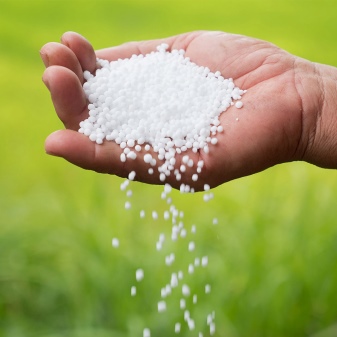
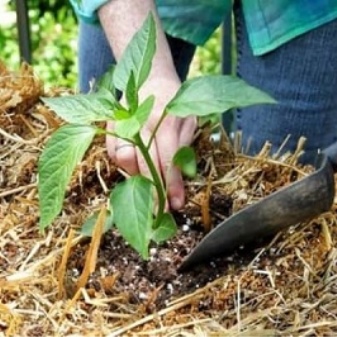
What folk remedies can you feed?
Many gardeners prefer to use folk remedies for feeding peppers, which have proven their effectiveness in practice over the years. The advantage of these types of fertilizers is that they are always easy to get and use on your site. Organic dressings are great for vegetables such as peppers.In some cases, they are used in their pure form, and sometimes they become the basis for the preparation of complex fertilizers. Such compositions are prepared by adding mineral components.
In the early stages of growing peppers, the use of mullein is very effective.... During this period, the main attention should be paid to building up abundant green mass. To prepare a mixture for the purpose of feeding a vegetable crop, the mullein must be mixed with water, observing a ratio of 1: 5. After the solution has been infused for several days, it must be diluted again with water in a ratio of 1: 2. The resulting mixture is used for watering the beds.
It is advisable to use chicken manure as well.... It is generally accepted that this natural fertilizer has a greater amount of nutrients necessary for plants than cattle manure. The use of chicken manure allows you to achieve a rapid growth of vegetable crops, the formation of ovaries and active flowering. For feeding, a solution is made, adhering to a ratio of 1: 20. To avoid a possible overdose, some summer residents prefer to prepare a solution of a weaker concentration - 1: 50. The resulting composition must be infused at a temperature of 20-25 degrees for 3-4 days. Fertilizer should be applied only after watering the beds. This is necessary in order to prevent burns of the root system. About half a liter of the composition should be poured under each pepper bush.
Feeding peppers with iodine is another way to support plants.... Among gardeners and summer residents, this method is quite popular because it is affordable and gentle. In the ground, iodine is contained in very small quantities, and peppers need it. Thanks to iodine, nitrogen is absorbed much better, the plants become more resistant to various diseases. Also, the use of such a top dressing allows you to get more juicy and bright fruits that contain a large amount of vitamin C. Fertilization from iodine is especially recommended in those regions where there is a short summer. Iodine accelerates the ripening of the crop.
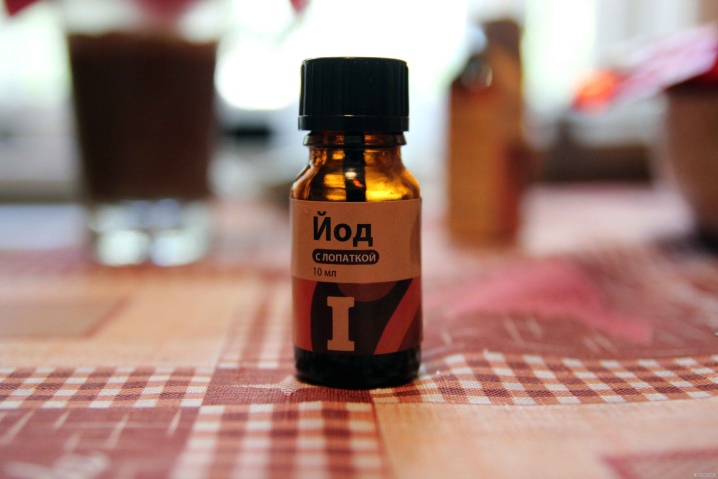
With a lack of potassium, it will be effective to feed the vegetable crop with ash... Ash contains many elements beneficial to plants. As a fertilizer, it can be used in pure form or as a solution. You can simply sprinkle ash on top of the plants. This method allows you not only to feed the peppers, but also helps to fight garden pests, such as, for example, slugs. Ash infusion is prepared as follows: 500 grams of ash is added to 10 liters of water and infused for several days, stirring from time to time.
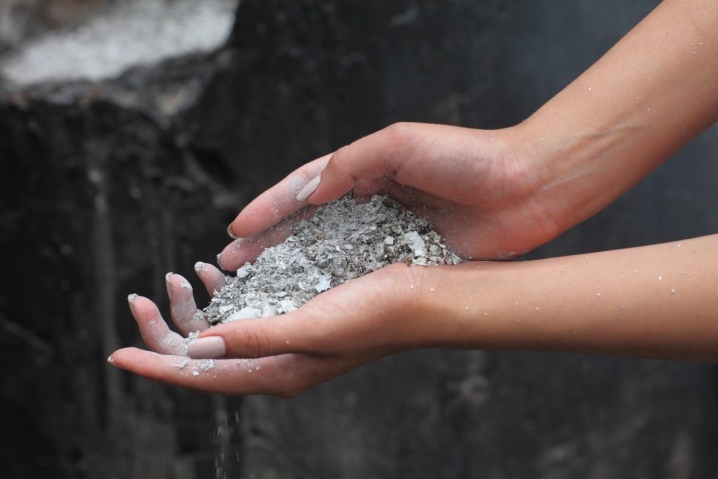
Application rules
To get a good harvest of pepper on your site, you need to follow the rules for applying dressings. Only a properly performed feeding of peppers will allow you to achieve the desired effect. For the convenience of gardeners, fertilizer manufacturers offer ready-made complex formulations for feeding. At the same time, it is possible to choose a complex that is most suitable for each specific stage of plant development. All ready-made mixtures contain potassium, nitrogen and phosphorus in different proportions, as well as some other useful trace elements.
For high-quality fertilization of peppers at different periods of their development, it is not at all necessary to purchase ready-made preparations. Nutritious and useful formulations for root and foliar dressing can be prepared on your own.
The scheme for feeding a vegetable crop includes three stages:
- initial feeding after planting in open ground;
- fertilizer during flowering;
- support for fruiting peppers.
Some gardeners with insufficient experience fertilize vegetables too often. But in this case, instead of the expected large yield, you can get the opposite effect.
An overabundance of micronutrients, as well as their lack, negatively affects the development of plants.


After disembarking
After planting pepper seedlings in open ground, you need to take care of the maximum active growth of leaves. The use of both organic and mineral fertilizers rich in nitrogen is effective. It is necessary to strictly control the amount of introduced drugs... The oversaturation of plants with nitrogen helps to activate the growth of green mass, however, the ovaries are not formed at all or are formed in insufficient quantities. Therefore, despite the abundant greenery, there will be no good harvest of pepper.
For the very first procedure, root dressing using urea can be applied.... It should be remembered that when such fertilizer is applied, the granules of the substance should be covered with a layer of soil 3-4 centimeters thick. In the open air, ammonia decomposes too quickly, and in this case, young plants will not be able to take from the soil all the necessary elements that have a beneficial effect on growth.
A mixture of superphosphate and urea (carbamide) is also quite often used.... In order to prepare the nutritional composition, it is required to take 5 grams of superphosphate and approximately 10 grams of urea, which dissolve in 10 liters of water.
Processing is carried out with abundant watering at the root of each seedling.
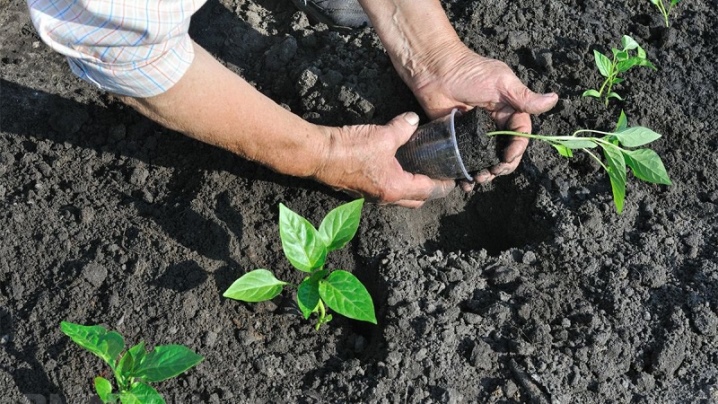
During flowering
At the stage of flowering peppers, it is necessary to reduce the amount of nitrogen, but at the same time it is worth taking care of an increase in phosphorus and potassium. It is these substances that will help the ovaries to form in sufficient quantities. If you use ready-made mixtures offered in specialized stores, then when flowering, a good effect is achieved with the use of Bio-Master fertilizer.
Flowering is a very important stage for the maturation of the future crop. At this time, it would be good to perform root feeding with a complex of several preparations. For this purpose, you can combine 1 spoon of superphosphate, 1 spoon of potassium nitrate, 2 tablespoons of carbamide, and then dissolve all this in 10 liters of water.
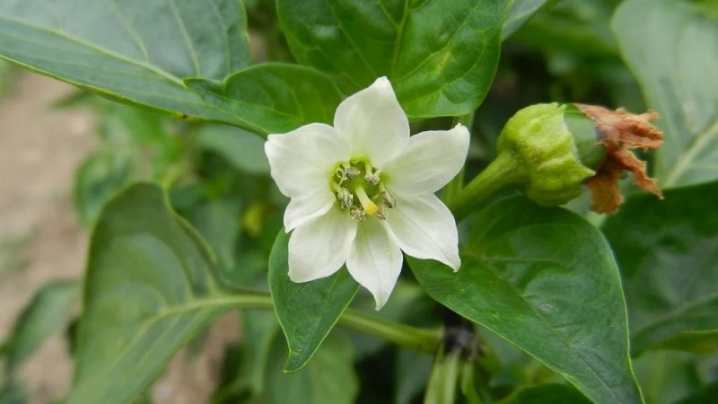
During fruiting
To get a good harvest of pepper, during the ripening of fruits, it is recommended to feed with the ready-made fertilizer "Agricola-Vegeta"... Some gardeners prefer to use ammophoska, which also gives good results.
When fruiting, it is important to avoid nitrogen oversaturation. Therefore, for feeding during this period, it is advisable to use a combination of 1 tablespoon of superphosphate and 1 tablespoon of potassium nitrate, which are added to 10-12 liters of water.
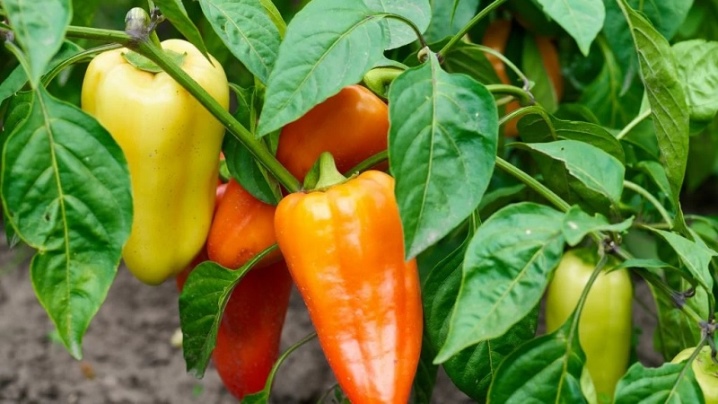
Read more about feeding pepper in the open field in the next video.













The comment was sent successfully.